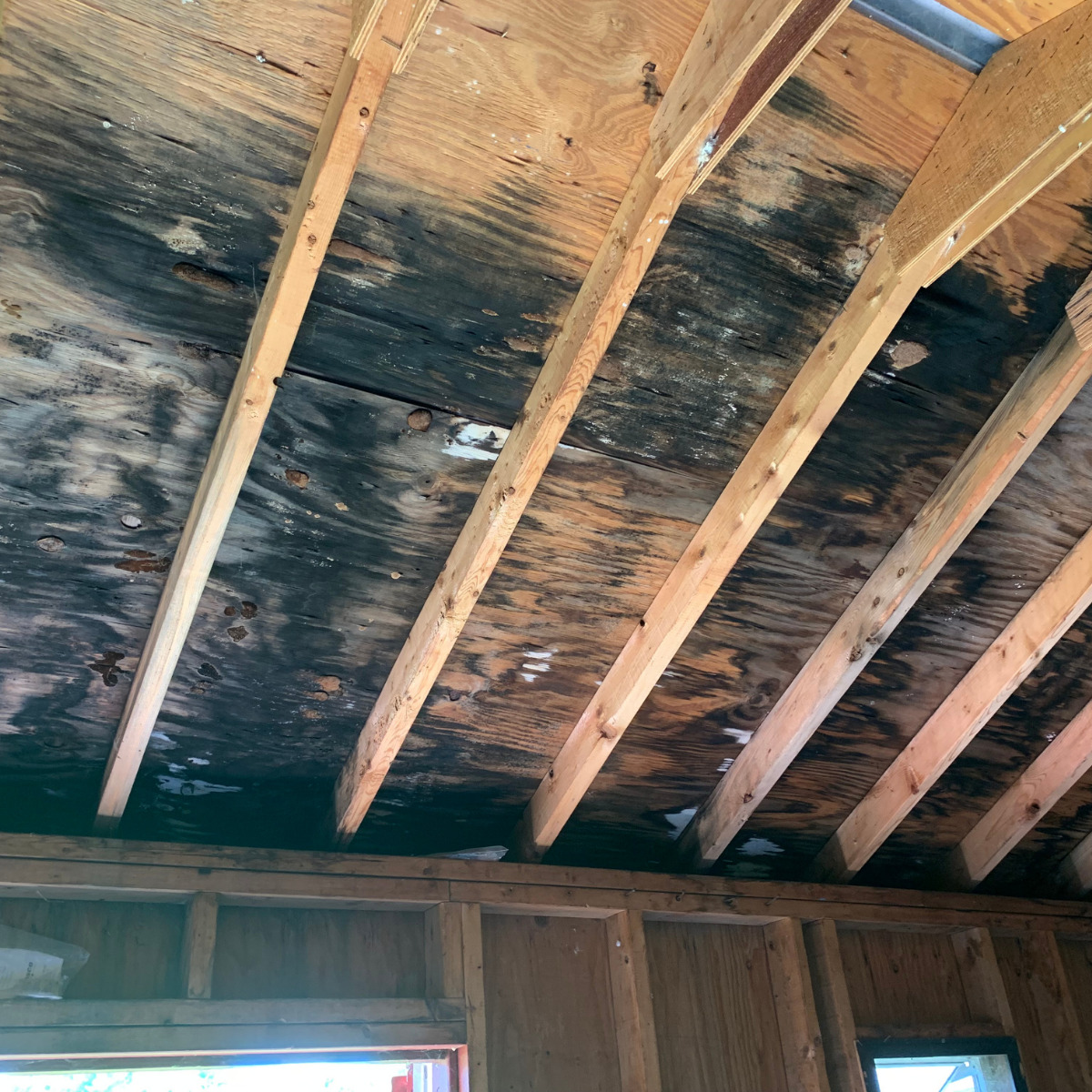Springtime means increased precipitation
Spring is coming quickly and the increased moisture and humidity can lead to issues of mold in your buildings. Specifically in attics, improper ventilation can lead to ice damming in the winters and can spawn mold growth in the warmer months.
Mold can cause structural damage to a building by weakening walls, floors, and ceilings over time. Additionally, mold can cause health problems such as allergic reactions, respiratory issues, and skin irritation, particularly for individuals with pre-existing health conditions or weakened immune systems. It’s important to address mold growth promptly to prevent further damage and potential health risks.
Types of Mold
There are several types of mold that can impact building owners, including Aspergillus, Penicillium, Cladosporium, Stachybotrys Chartarum (also known as black mold), and Alternaria. These molds can grow in damp or humid areas of a building and can potentially cause health problems for occupants if left untreated.




